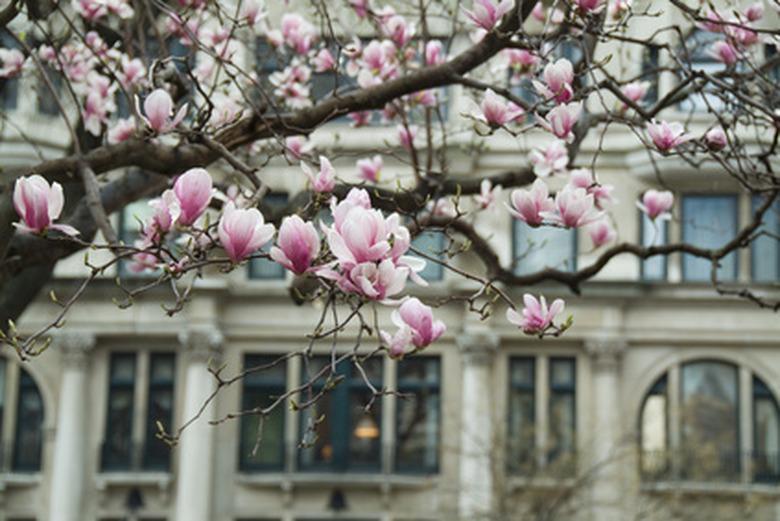Will Magnolia Tree Roots Damage Home Foundations?
Magnolia trees are famous for their stunning blossoms, and are a popular choice for home landscapes. Some species of magnolia are large trees with spreading roots, so you may worry about the damage magnolia roots can do to your home. Magnolia tree roots generally do not cause serious foundation problems, but there are some issues that can develop with trees planted close to house walls.
Types of Magnolia Trees
Types of Magnolia Trees
Magnolia, a genus of flowering plant, includes a variety of species of magnolia tree. Among these are deciduous sweetbay, star magnolia, saucer magnolia, cucumbertrees and bigleaf. All of these are deciduous and lose their foliage in winter. Evergreen magnolias that keep their leaves year-round include the little gem magnolia, and the magnolia grandiflora, also known as Southern magnolia, a common tree in states from Texas to Florida.
Wide-Spreading Roots of Big Magnolias
Wide-Spreading Roots of Big Magnolias
All of these magnolia trees can grow very large, especially Southern magnolia. Southern magnolia trees aren't rapid growers, adding no more than 12 inches each year. But they can grow up to 80 feet tall. Like many magnolia trees, their root system is wide and stretches out horizontally as much as four times the width of the tree canopy.
However, magnolia tree roots are not considered as invasive and potentially destructive as some root systems. But their large spread can affect weak foundations. Large magnolia trees can indirectly lead to foundation problems if they shield a house wall from sunlight and create damp conditions.
Magnolia roots can be a problem if the tree is not receiving enough irrigation. Root systems seek moisture from the ground. If the ground is very dry for a long period of time, roots can shrink. In exceptional cases, this can pull soil away from around a home foundation. A very large magnolia tree root mass can also draw water away from home foundations.
Expert Insight
Expert Insight
Roots are unlikely to cause direct damage to home foundations, according to the Morton Arboretum. However, it is possible that small roots can invade cracks that are already present. Extensive root systems that grow beneath shallow house structures can cause some uplift, according to the University of Washington Botanic Gardens.
